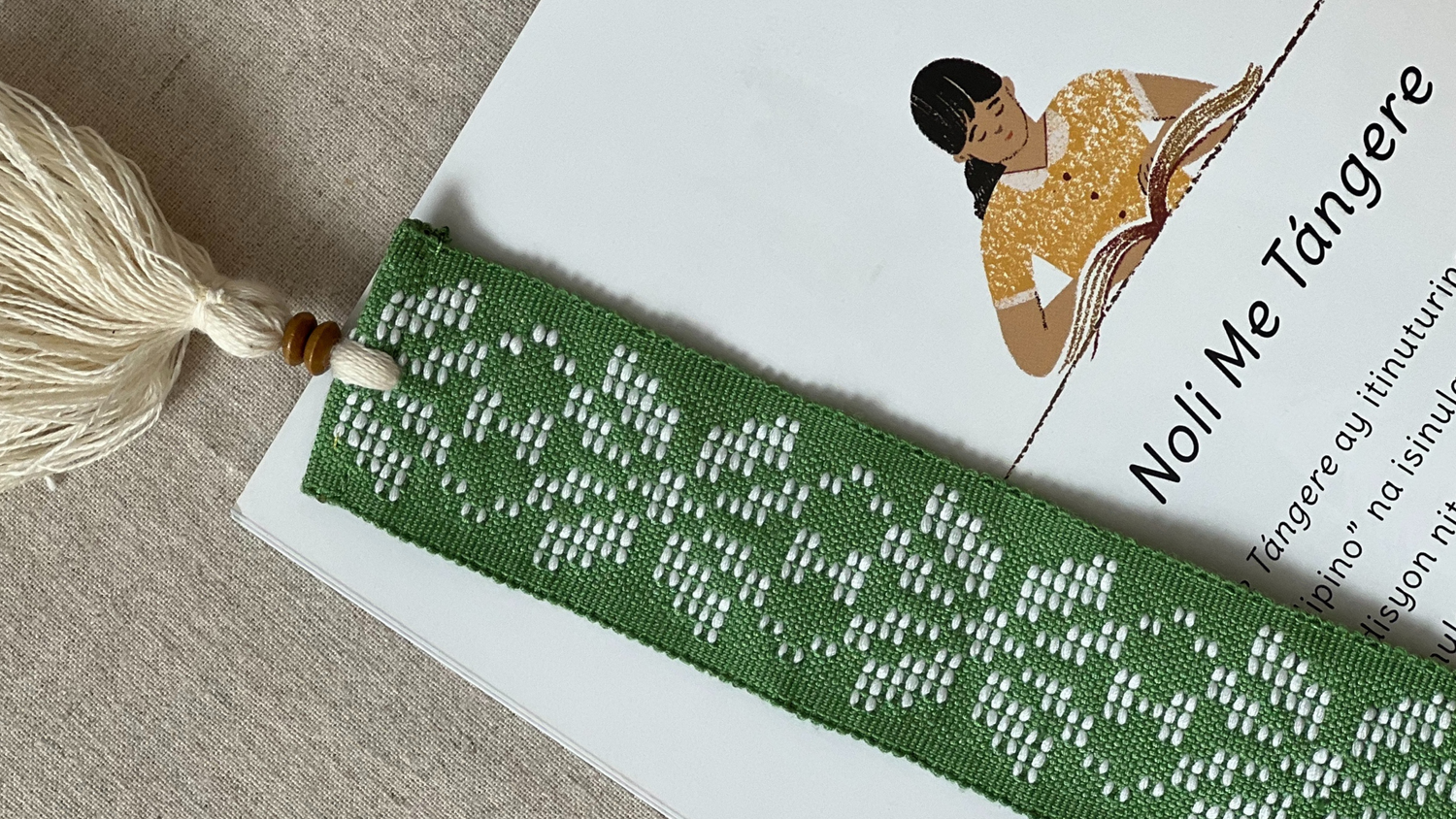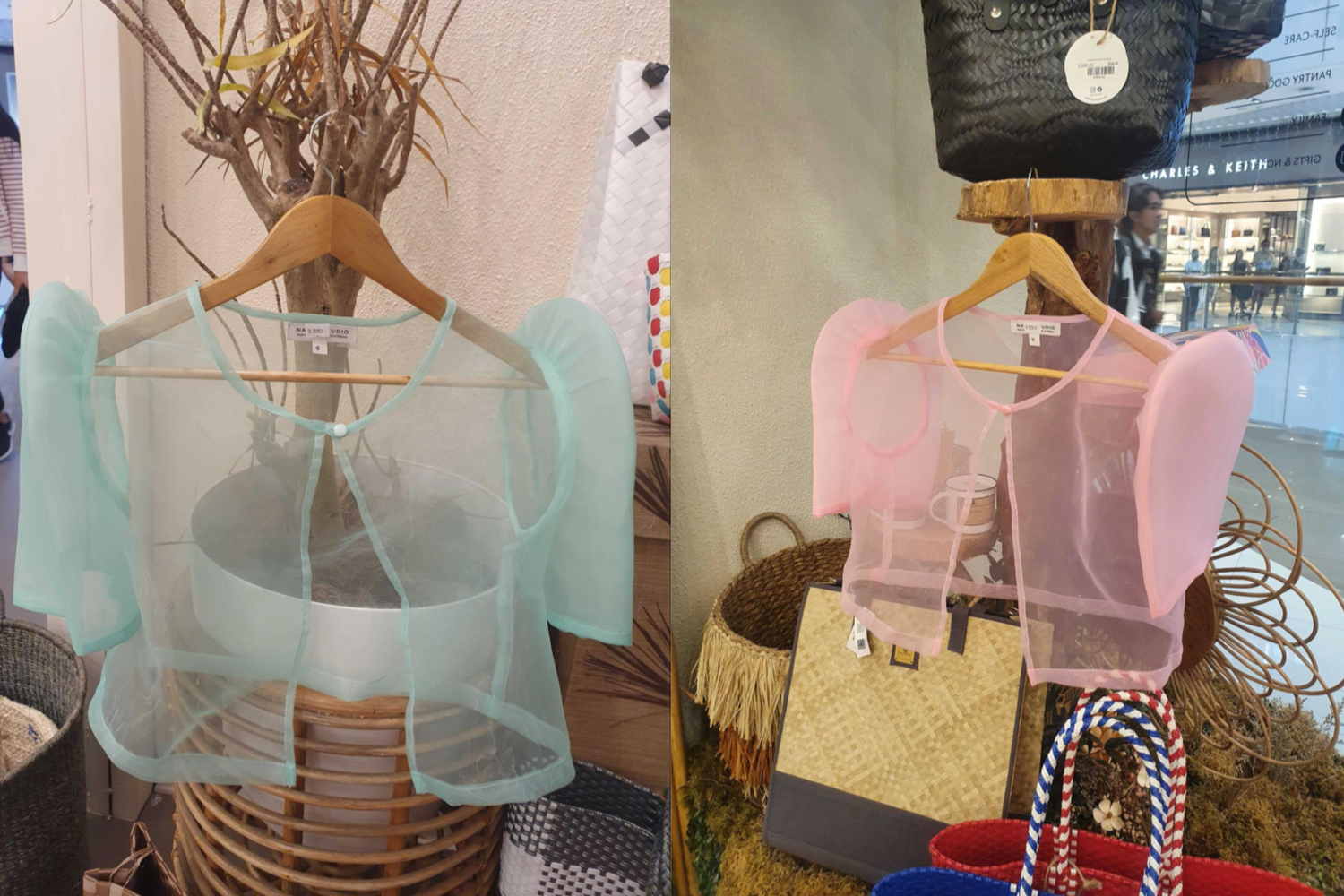By Nathaniel T. Dela Cruz
Ube's exquisite deliciousness and versatility as an ingredient befits its status as flavor royalty in Philippine desserts and baked goods.
Ube-ybe baby, how was I supposed to know that purple yam is yummy?
Singing this ala-Britney Spears reveals your taste not just in music, but in root crop as well.
Good choice, on both counts!

Purple Power
Purple yam (Dioscorea alata), which, according to the book Taro and Yams, is native to Africa, America, and Asia including the Philippines where it is called "ube", is a tuber faithful to the color its name suggests.
Purple yam is sweet with a nutty and earthy tone. Those with sophisticated taste buds can taste a hint of vanilla.
Purple yam coming to the fore is a story similar to any exotic dish that was eventually introduced and embraced in the US. It starts with a longing, a nostalgia for a distinct flavor from home that cannot be replaced or quelled.
So the Fil-Ams who knew how to make purple yam treats made these at home, and when they became entrepreneurial, those eager to buy flocked to the vendor, taking with them those who are tasting purple yam for the first time, and loving it.
Word got out. The ube-loving community grew, and the rest is history.
Ube’s rise to fame is destiny.

Ube Festival
If you are someone who loves ube and was in New York last year, there is a very good chance you are part of the throng of happy, giddy, and very satisfied ube-natics who attended Philippine Fest's three-day Ube Festival.
Vendors and customers flocked Canal Street Market last year, from August 12 to 14, 2022, in what was considered as New York City's first-ever ube festival.
The venue is packed with entrepreneurs hailing from different parts of the New York Tri-State area, here to showcase their inspired and creative ube masterpieces.
It was ube-overload and customers didn't mind one bit. They were in purple yam heaven and it was exactly how they imagined it: booths and tables overflowing with jams and ice cream sandwiches, baked goods like tarts, bonbons, donuts, cookies, cupcakes, macarons, pan de sal, and crinkles, everything ube-flavored, even cocktails and drinks like the ube latte.
Fil-Am entrepreneurs put their culinary craftsmanship on full display. The result: a feast everyone wished could've gone longer, but a lot has already sold out early simply because they are delicious.
There's ube taho and dinuguan with ube puto from So Sarap NYC, ube flan cakes from Purple Box, ube ensaymada from Whisk, as well as ube-flavored ice cream, pan de sal, and bonbons from pastry chef and chocolatier Daniel Corpuz.
There were exhibits as well as performances that entertained the guests in between mouthfuls of choice ube-flavored delight. It smelled good all day at the Ube Festival and it is because PinatNJ was there selling ube-scented candles!
And it's not just food. Hatzumomo, known for using handwoven fabrics and indigenous textiles in clothing, unveiled a collection of jackets, backpacks, and bucket hats that celebrate the iconic ube color.
Wondering where else in New York City to find more ube-inspired clothing that screams purple pride? Check out this I Heart NY - Ube Binakol Black Tee from Narra Studio, a "POC, Filipina, and woman-owned brand dedicated to the artistry, weaving, and craft heritages of the Philippines and Asia."
This happened thanks to Philippine Fest.
Philippine Fest
Four Fil-Am small business owners founded Philippine Fest - VJ Navarro of So Sarap NYC, Augelyn Francisco of Kabisera, Paulo Manaid of Hatzumomo, and Daniel Corpuz, Chocolatier.
The goal is to represent Filipino heritage in the US. According to Philippine Fest's IG post, the founders decided to move "to a more structured and clear vision of doing our market." and more importantly, to foster "a solid platform for the Fil-Am Community."
"It is a platform for FilAms who want to showcase their work and products in New York City. We want to bring unique handcrafted items by Filipinos into one place so that everyone can enjoy them in one event."
Without question, the exposure of and appreciation for ube at the Philippine Fest's Ube Festival elevated the status of an all-time Filipino favorite.
From its base form popular in the motherland (think ube halaya, ube-flavored "dirty" ice cream, and ube jam), the products seen and tasted in the US have shown how the ube-flavored food has evolved.
Sophisticated in both taste and appearance, the purple yam remains a touchstone that reminds many not just of home, but homemade, comfort food unmistakably Filipino.
This confirms it: purple yam is purple yam-my!
Spreading the word
Guests who attended the Ube Festival last year flooded their social media with purple yam.
Reporters from TV and print - ABS-CBN, GMA, and Asian Journal, among others, were also on the scene, intensifying the craving - and regret - of those who weren't able to come, and those who were in the area but missed the event.
Hope to see ube again!
Joaquin Jay Gonzalez III and Ador Revelar Torneo, in Diaspora Diplomacy, wrote: "The Filipino food has finally found its place in the American mainstream."
And along with the now-very popular savory dishes like adobo, lumpia, and sisig is the "Philippine staple root crop ube" that has "become a major hit in the United States appearing everywhere from pies to cookies, ice cream, boba tea, alcoholic beverages, and even $1,000 Cristal-infused and gold-leaf covered ube donuts, purportedly the most expensive donut in the world."
The ingenious and inspired Fil-Am entrepreneurs pulled this root crop out of obscurity and started a purple yam revolution that has since satisfied the cravings of Filipinos in the US. It also tickled the taste buds of non-Filipinos who are now looking forward to the next ube festival for their purple yam fix.
References:
Gonzalez, Joaquin Jay III, and Torneo, Ador Revelar. "Diaspora Diplomacy." Routledge Handbook of Asian Diaspora and Development, edited by Ajaya Kumar Sahoo, Taylor & Francis, 2021.
Taro and Yams: Growing Practices and Nutritional Information, published by Agrihortico
+++






